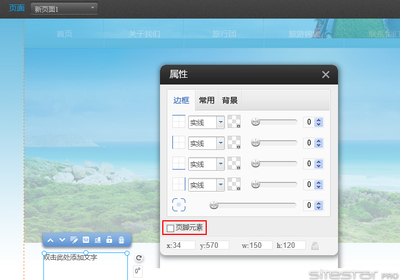Covered Bond(担保债券)指以金融资产作抵押品的债券,性质和传统提供抵押品的债券类似,不过传统抵押品多为实质资产。当发行人无法偿还本金和利息时,债券持有人可接管抵押的金融资产作为补偿,若抵押金融资产的价值低于发行人欠款余额,投资人还可向发行人追讨差额。
Covered Bond提供比传统抵押债券更高的投资保证,传统抵押债券抵押品价值改变时,投资人只能认赔抵押品价值和发行人欠债余额的差距,但CoveredBond仍可就不足部分和发行人求偿,因此应能获得较高的信用评等,但债券风险较低,代表得到的报酬也较低。
Acovered bond is a corporate bond with one important enhancement:Recourse to a pool of assets that secures or "covers" the bond ifthe originator (usually a financial institution) becomes insolvent.This enhancement typically (although not always) results in thebonds being assigned AAA credit ratings.
Forthe investor, one major advantage to a covered bond is that thedebt and the underlying asset pool remain on the issuer'sfinancials, and issuers must ensure that the pool consistentlybacks the covered bond. In the event of default, the investor hasrecourse to both the pool and the issuer.
Another advantage is that the interest is paid from anidentifiable source of projected cash flow versus out of otherfinancing operations. Because non-performing loans or prematurelypaid debt must be replaced in the pool, success of the product forthe issuer depends on the institution's ability to evaluate theassets in the pool and to rate and price the bond.
USA
On28 July 2008, US Treasury Secretary Henry Paulson announced that,along with four large US banks, the Treasury would attempt tokick-start a market for these securities in the USA, primarily toprovide an alternative form of mortgage-backed securities. Theguidelines issued specifically address covered bonds backed bypools of eligible mortgages.

TheFederal Reserve also announced that it would potentially considerhighly rated covered bonds as acceptable collateral for emergencyfund requests. Because the United States has already shown a robustmarket for other securitized debt products, regulators have beenpromoting the covered bond market strategy.
 爱华网
爱华网



